Winter protection for shrubs
Vicious cold snaps can cause havoc with prized plants, but you can take action.
What can damage plants in winter?
Winter poses a variety of weather-based problems, from the cold and waterlogging to strong winds that cause wind scorch and blow over plants or garden structures. Other issues are secondary, such as the threat from rabbits and deer, who will forage and munch on your plants whilst food is scarce. Some habits that your intuition might tell you would help can have the opposite effect – such as fertilising beyond autumn, which can stimulate growth that will be unable to survive. Trees whose leaves drop in autumn can continue to be fertilised until the ground freezes.
There are some simple steps you can take to best protect your landscape during the winter months, which will mitigate costs come spring when the time comes for repairs and replacements.

Frost, sun scald and wind scorch are all dangers to plants in winter months. Photo by Annie Spratt on Unsplash
How to protect shrubs from frost
While many shrubs are hardy enough to withstand the British winter, others are frost-tender and, once caught by an icy morning, will present crispy browning leaves. Moisture from the leaf is drawn out to form ice crystals, leaving the leaf dehydrated. While many plants will recover with spring pruning, sprouting fresh regrowth, the months of unsightly foliage is best avoided.
An easy place to start is by providing coverings for plants. These coverings preserve the heat in the soil from the day’s sunlight, released from the soil at night. However, these should never be left in place for more than two days without exposing the plants to sunlight, or water may gather beneath, leading to fungal diseases and unwanted winter growth which will be too weak to survive. The coverings can be high-tech, but newspaper will also do the trick!
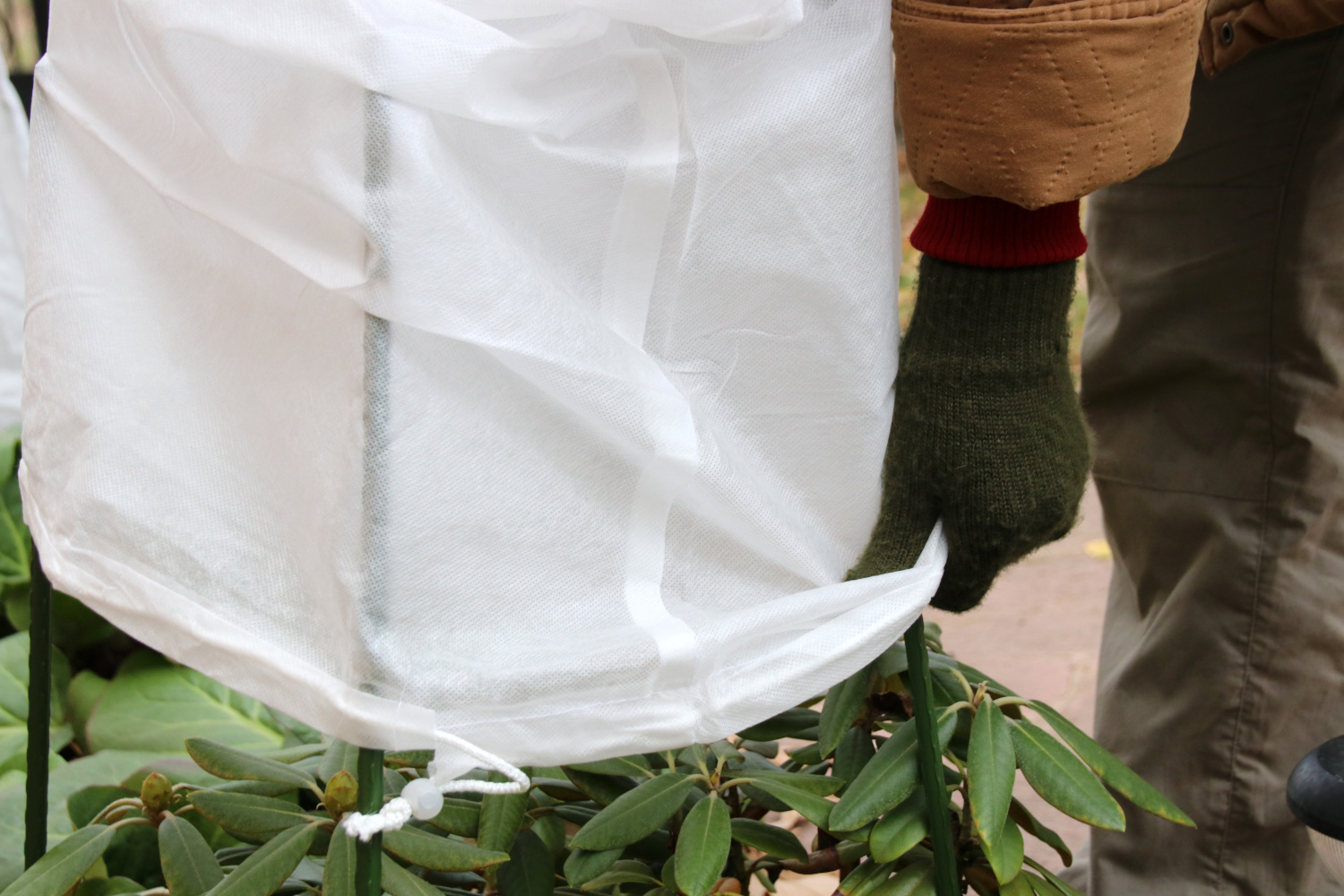
Using stakes and a protective cover to protect a rhododendron from winter frosts.
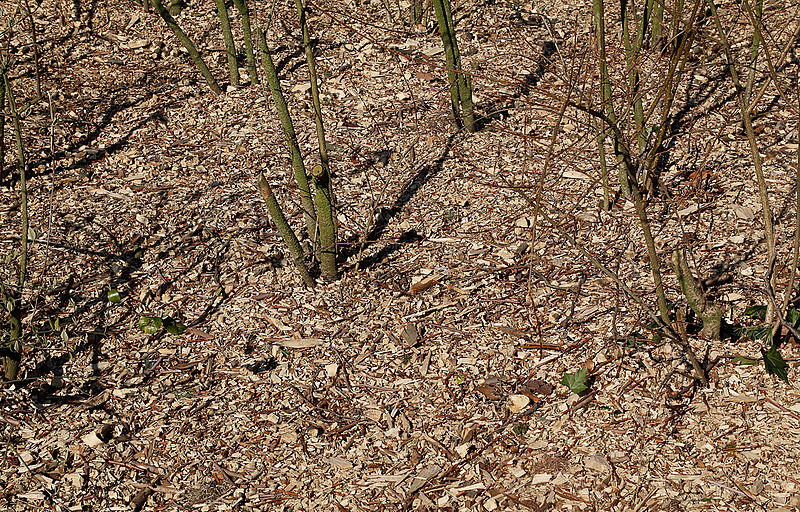
Bark chippings make good mulch, to retain moisture in the soil..
How to protect plants from wind scorch
Wind scorch is caused by strong or unremitting winds. The air movement means that leaves and soil lose moisture, which plants cannot replenish quickly enough from dry earth. Leaves become dessicated, giving them a ‘scorched’ appearance.
With forward planning and time, planting hedges or trees is a way to utilise a natural windbreak. Aim for deciduous hedging species, which filter the wind – denser evergreens may deflect the wind but this can cause problems elsewhere if a wind tunnel is created. For woodland plants such as camellias, it is wise to plant them beneath a tree or hedge as a matter of course.
Alternatively, you can rig up a windbreak using netting, woven hurdles or similar, attached to stout wooden stakes which should be dug well into the ground. Old Christmas tree boughs can also be surprisingly effective!
Small plants will benefit from physical protection – try horticultural fleece, burlap, or anything else except plastic (which transfers more cold to the plants!) and anchor it well. Portable plants in pots can be placed in the protection of a wall or hedge, provided no draughts come whistling their way! Bubble wrap is a great choice to cover the plants’ pots, too.
Your other great friend when it comes to the wind is mulch. Mulch the soil around your shrubs and palms with bulky organic materials such as bark chippings. Mulch will minimise the water loss from the soil and allow plants to replenish what they lose more easily. Remove old mulches from the base of plants and spread a new 3in (7.5cm) layer out to the drip line. Leave a 1/2in (1cm) space around the plant’s stem so that air can freely circulate and rot is unlikely to set in.
Finally, there are anti-dessicants available to apply to foliage, but these should not be relied upon alone.
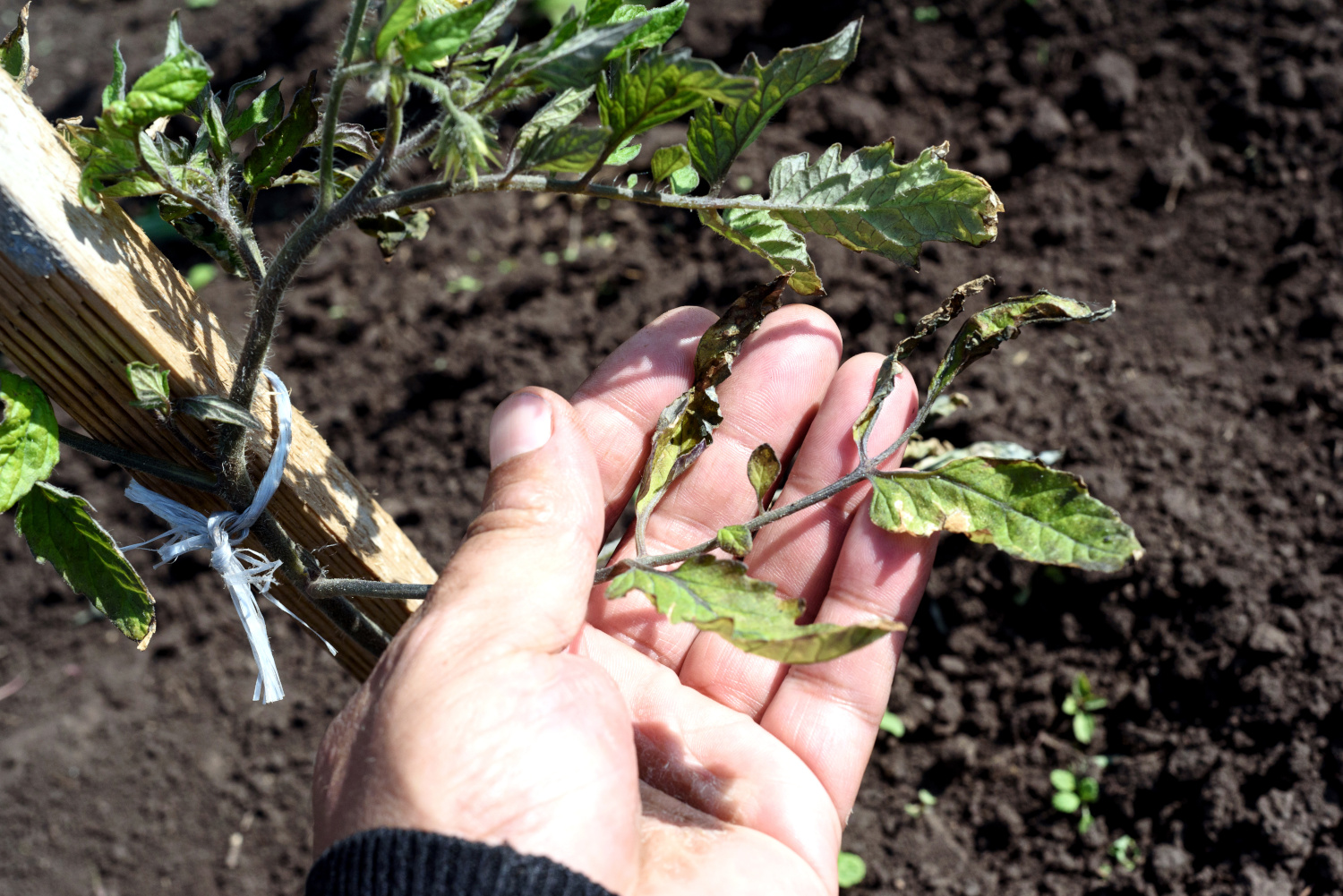
Wind scorch causes leaves to become dessicated, darkening and going crispy at the edges.
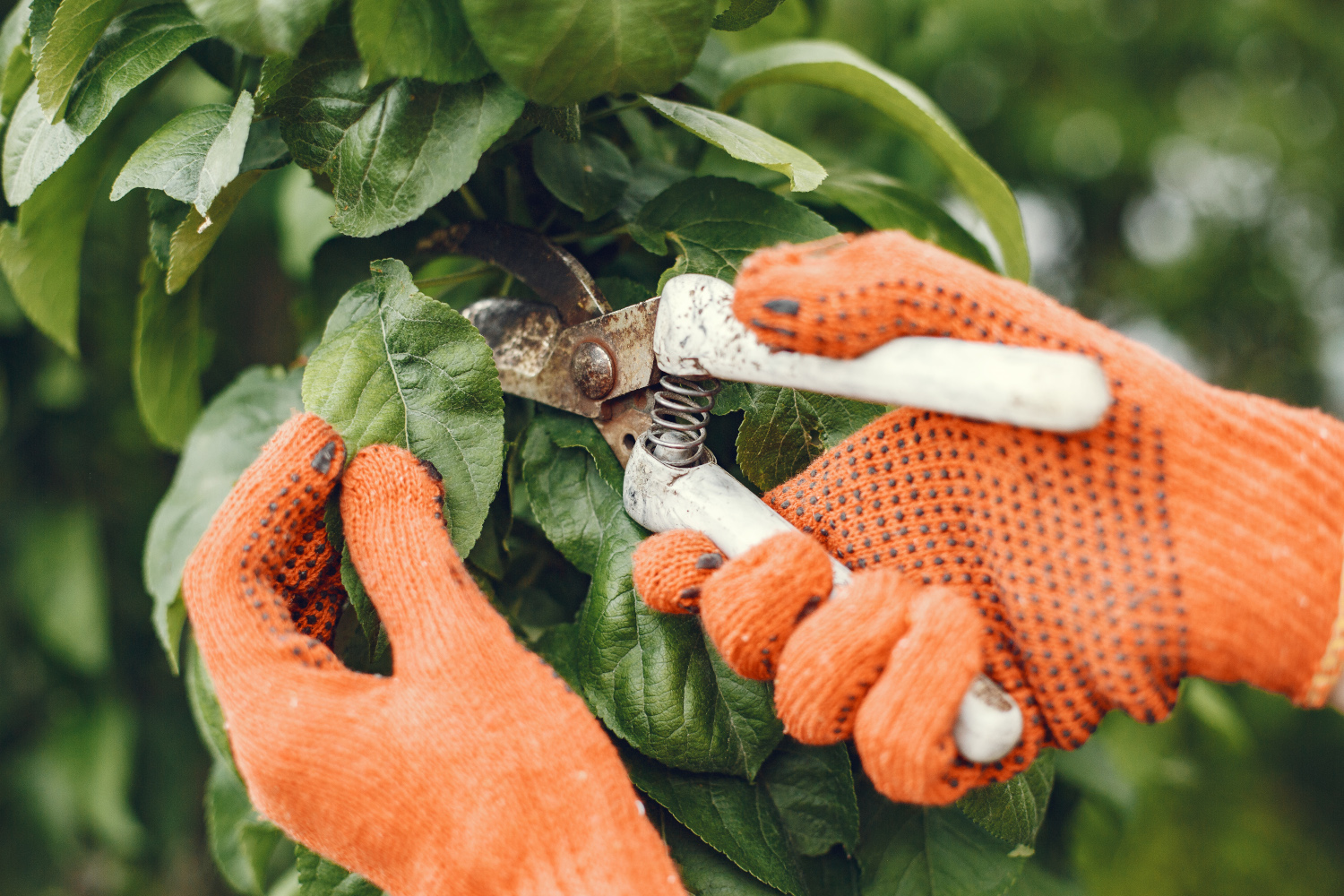
Most shrubs will recover well from frost or wind damage when pruned back in spring.
How to protect shrubs from sun scald
Shrubs that have been recently planted in autumn are susceptible to sun scald, as are young trees – especially any plants pruned in the autumn months. You can wrap any tender trunks and stems with burlap or corrugated cardboard. Whitewashing can also be effective. The idea is to maintain a bark temperature that avoids extremes of cooling and heating. (Established trees and shrubs won’t need this protective wrapping, unless they have thin bark.)
Early flowering plants such as magnolia and camellia also need to be sited so that they are protected from the morning sun, which can damage their delicate blossoms, leading them to blacken and fall off.
What if my plant is damaged by frost, wind scorch or sun scalding?
If any of your plants do sustain damage, try pruning the affected areas in spring, after the last frost (an even that is unfortunately hard to predict!). Simply cut back the scorched foliage, at the time when growth is about to accelerate!
How to protect shrubs from rabbits/deer
Protect plants from animals using hardware cloth with a 1/4-inch mesh. Use this to fashion cylinders to place around the stems of vulnerable plants such as shrub roses. Push the lower edges of your shields into the ground to form a barrier.
How to protect plants from snow accumulation
If there is heavy snowfall, it is important to take the time to brush or shake any excess from over-laden branches, to prevent them from breaking. If your landscape is in a snow-prone region, you might also consider tapering hedges to prevent unnecessary accumulation and damage.
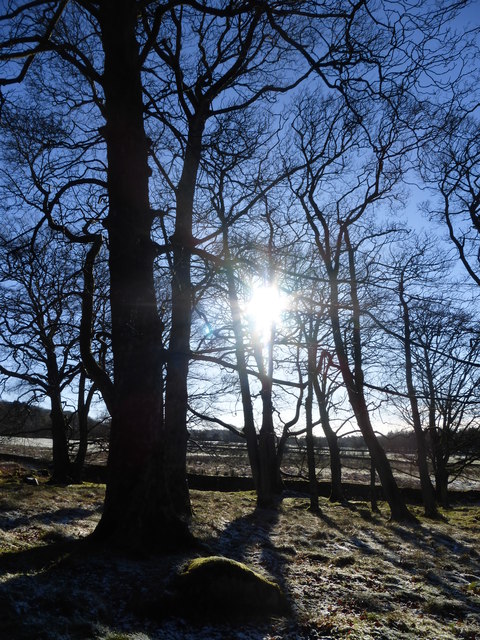
Winter sunlight can cause sun scalding of delicate trunks and stems, as well as affecting early flowering plant varieties such as magnolia. – © Copyright Graham Hogg

When to put protection in place for plants?
Protective wrappings should be put in place at the first sign of frosts (although for very tender plants, including palms, you may start well before this, in autumn). Autumn is also the time to securely stake out any plants that may be vulnerable to strong winds.
Prevention can begin even earlier than this, however, with forward planning at the time of planting. Get to know the landscape – the warm spots at the base of south-facing walls, and the colder, damper ones on the north wall. Consider where each plant will thrive – and select plants that are well adapted to the climate and to the conditions of the landscape, be it exposed or sheltered.
How is climate change affecting winters?
Although the UK has seen a trend of generally milder winters, climate change brings uncertainty and moments of extremes which native plants may not be adapted to. Even the milder weather has its downsides, because plants fail to retreat into the protective deep dormancy common to many trees and shrubs (and the driver of bare-root and root-ball season). Without their full defences, plants and trees become more susceptibile to freezing winds and cold snaps.
On the upside, since tender plants have a better chance of surviving mild winters, there is a greater range of plant species available to creative landscapers.
If you require any further advice about the best plant species for your landscape, their placement or protection, our expert G Team will be happy to help.

